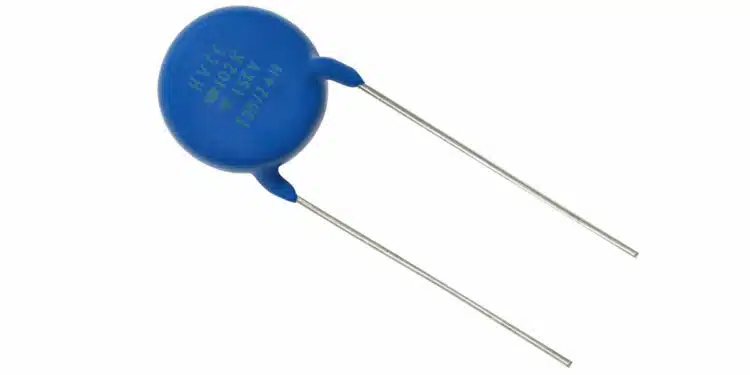Vishay Intertechnology unveils Class 1 radial-leaded high voltage single layer ceramic disc capacitors feature low DC Bias and DF.
Vishay Intertechnology, Inc. introduced a new series of Class 1 radial-leaded high voltage single layer ceramic disc capacitors that deliver a low dissipation factor (DF) and DC bias for industrial and medical applications.
Vishay Roederstein HVCC Class 1 series capacitors feature capacitance loss of < 25 % at 15 kV, which is half that of Class 2 devices. In addition, their < 1.0 % DF at 1 kHz is 0.5 % lower. The result is reduced power losses and high reliability in high voltage generators for baggage scanners, medical and industrial X-ray applications, air purifiers and ionizers, and pulsed lasers.
HVCC Class 1 series devices feature a capacitance range from 100 pF to 1 nF — with standard tolerances of ± 10 % — voltages of 15 kVDC, and an operating temperature range from -30 °C to +85 °C. The capacitors consist of a silver-plated ceramic disc with tinned copper-clad steel connection leads offering 0.65 mm and 0.80 mm diameters. The RoHS-compliant devices are available with straight leads with spacing of 9.5 mm and 12.5 mm, and feature an encapsulation made of flame-resistant epoxy resin in accordance with UL 94 V-0.
Samples and production quantities of the HVCC Class 1 series are available now, with lead times of 12 weeks.
FEATURES
- Ceramic singlelayer DC disc / AC disc capacitor
- High reliability
- High capacitance values up to 1 nF
APPLICATIONS
- High voltage power supplies for x-ray sources and pulsed lasers
- Baggage scanner
- Medical x-ray
































